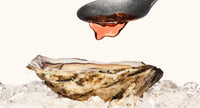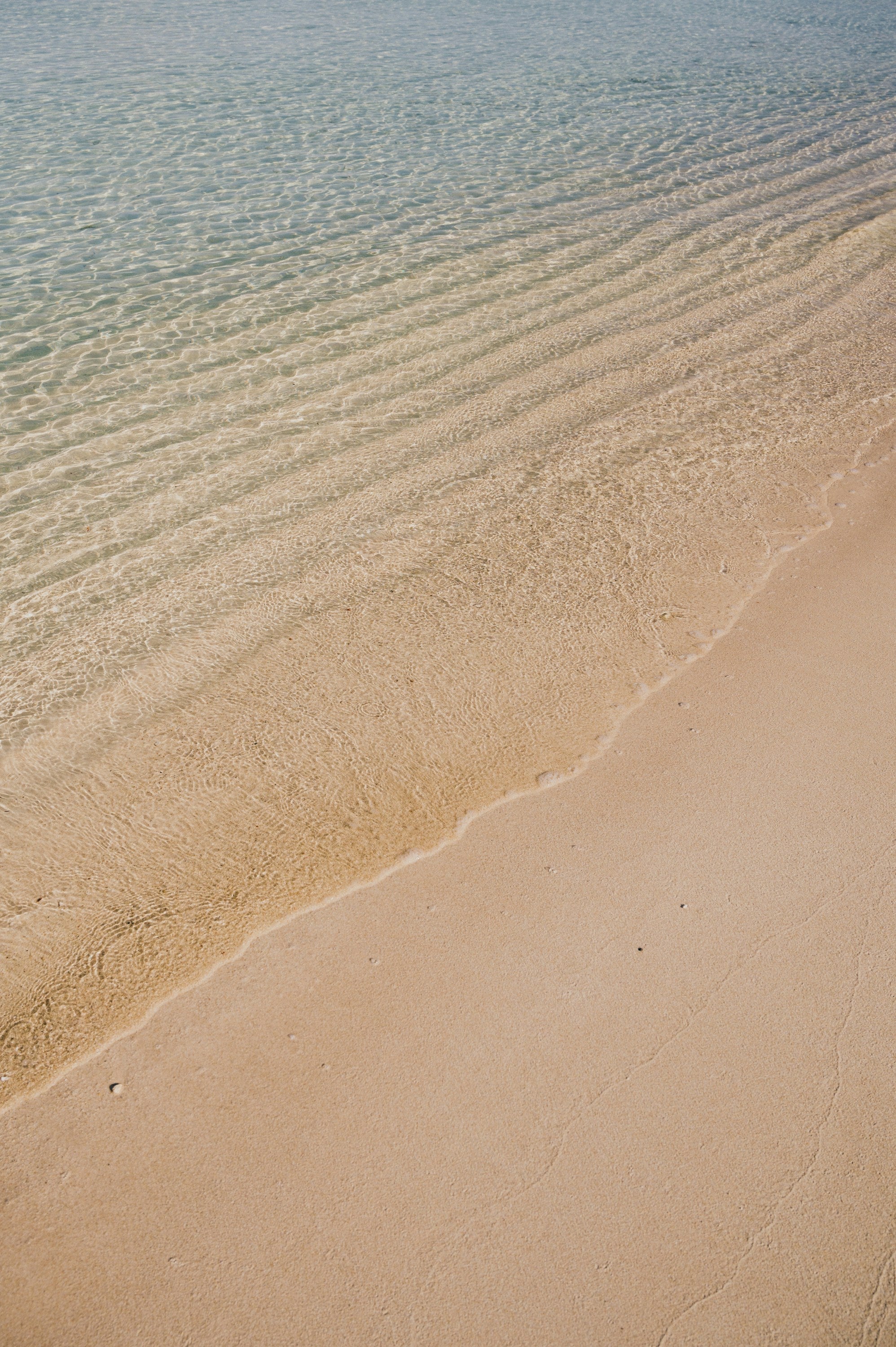Tales of an oyster whisperer
Vince Baccari: Chef at Magnolia Mound
Partial to PEIs
Favorite Oyster: Raspberry Point, a new fan of Shipwreck
When we received a handwritten note from Vince Baccari after the holidays, we knew this cult member was pretty cool. And we wanted more.
"Today is Mardi Gras in Spanish Town. The oysters are in the refrigerator with a wet cloth over them. We'll eat them later.
I cook with Rosemary (a 29-year veteran) at Magnolia Mound, a historic French Creole Plantation House, restored by the city of Baton Rouge. We make soups, stews, and gumbos on kettles over the open fire.
The dutch ovens are designed for coal (on top + under the pot) to obtain temps of 350-450°. In those, we make hand pies (Thelma Parker's shrimp pie from Makewood Plantation), cook bread, roast potatoes or really anything. I use the very heavy forged iron to make fluffy waffles. The iron is heated in the fire, then the mix is put inside the hot iron and it cooks pretty quickly. We have fried chicken and use the reflector oven to bake small 2.5-3lbs chickens (the typical size back then). We do biscuits and johnnycakes on the griddle over the fire. The oven takes hours to come up to temp as you have to heat the bricks. We light a fire at 9 am and then usually cook at 1 or 2 pm.

The plantation was rescued from destruction by the "Friends of Magnolia Mound" who make a herculean effort to repair and furnish the plantation's Caribbean style planter's house. We have a Magnolia Mound Cookbook and also use the Picayune Cookbook. I have also researched old recipes in noncirculating plantation records and books at the local library.
A key factor in cooking in the kitchen house is the heat. The heat is terrible. One February it was 85° outside and over 100° in the kitchen house. We stop cooking in April or May. Last year I made it to the first Sunday in June. I actually have to eat salt to avoid muscle spasms, once I had to stop at my son's house as I couldn't drive the car. In the past, Rosemary measured temps over 120° inside with windows(3) and 2 doors open.
On the east coast, many rich plantations had cooks (enslaved people) who were educated in France, which is amazing because once they hit the French soil they would have been free. Not so in Louisiana, cooks seemed to be skilled but not educated to cook. Cooking was a 24-hour operation and the kitchens cooked only for the plantation house owners, the house and kitchen workers. Plantation slaves were on their own to get and grow food."



